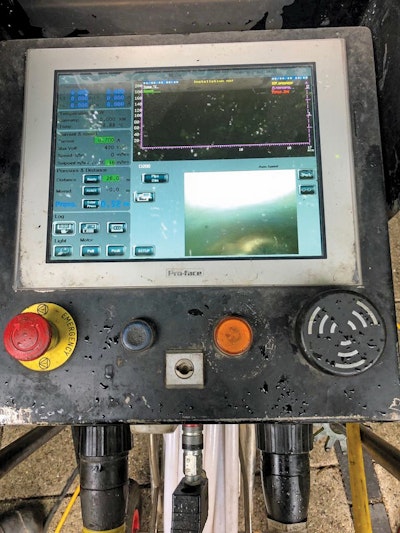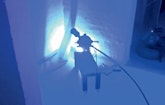
The compact light head makes LED systems like the Bluelight lining system, shown here, incredibly versatile.
CIP technology is taking its next evolutionary step with the introduction of LED-cured liners.
LED curing has many of the advantages found with UV curing, plus the additional benefit of a single light head. This allows the systems to cure in pipes as small as 4 inches and gives it...







